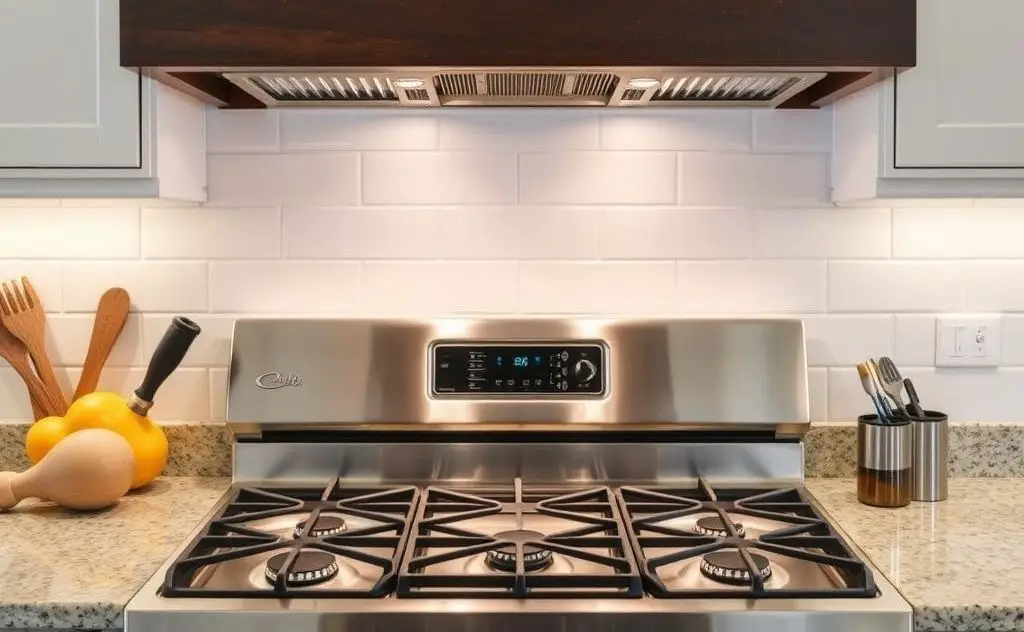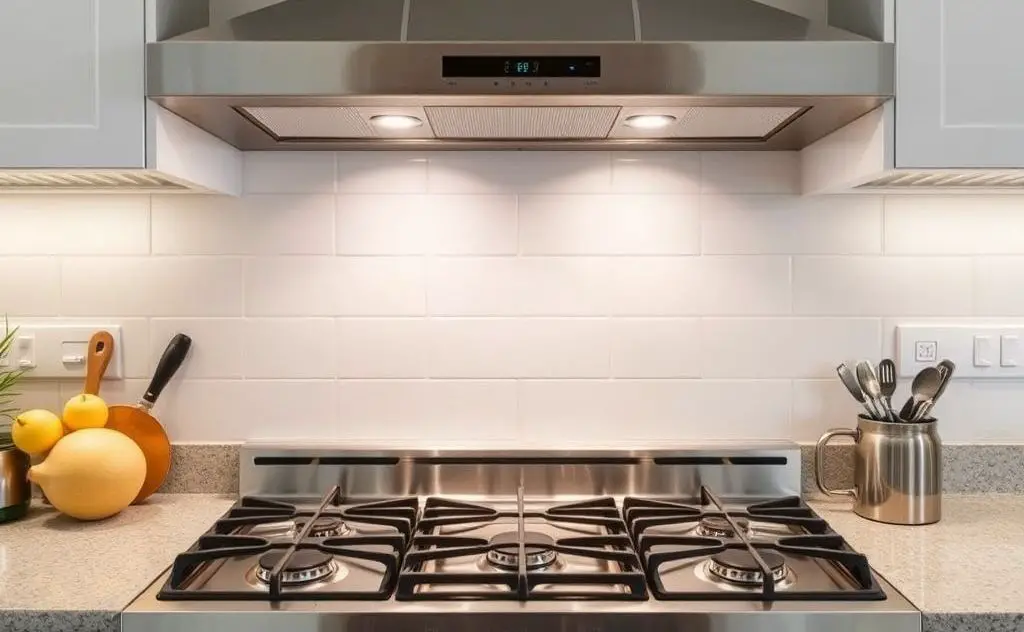To vent a gas stove without a hood, use a portable exhaust fan or open windows for airflow, ensuring proper ventilation to prevent gas buildup.
Venting a gas stove without a hood is crucial for indoor air quality and safety. While range hoods are ideal, many kitchens lack proper ventilation. This guide explores effective alternatives to keep your kitchen safe and odor-free.

Why Ventilation Matters for Gas Stoves
Gas stoves emit harmful pollutants during operation. Studies show they release:
- Carbon monoxide (CO)
- Nitrogen dioxide (NO₂)
- Formaldehyde
- Particulate matter
The EPA warns these pollutants can cause respiratory issues with prolonged exposure. Proper ventilation reduces these risks significantly.

Window Ventilation Solutions
Window Fans
Place a reversible window fan facing outward during cooking. This creates negative pressure, pulling fumes outside. For best results:
- Use a fan with at least 100 CFM capacity
- Position it within 3 feet of the stove
- Run it during and 15 minutes after cooking
Cross Ventilation
Open windows on opposite sides of the kitchen. This creates natural airflow that carries fumes outside. Combine with a utility fan for better results.
Air Purification Options
HEPA Filters
While they don’t remove gases, HEPA filters capture particulates. Look for units with:
- True HEPA certification
- Activated carbon filters
- CADR rating matching your kitchen size
Activated Carbon Filters
These absorb cooking odors and some gases. Replace filters every 3-6 months for optimal performance.
Alternative Venting Methods
Downdraft Systems
Built-in downdraft vents pull air downward through ductwork. They’re effective but require professional installation.
Microwave Ventilation
Many over-range microwaves include recirculating fans. While not as effective as external venting, they help reduce odors.
Maintenance Tips
Regular Cleaning
Wipe surfaces weekly with degreaser to prevent buildup. Pay special attention to:
- Cabinets near the stove
- Backsplash areas
- Ceiling above cooking area
Paint Selection
Use semi-gloss or scrubbable paint for easier cleaning. These finishes resist grease absorption better than flat paints.
Safety Considerations
Install a carbon monoxide detector near your kitchen. Test monthly and replace batteries annually.
According to EPA guidelines, proper ventilation can reduce indoor pollutant levels by 50-90%.
When to Consider Professional Help
Consult a professional if:
- You experience frequent headaches while cooking
- Condensation forms on windows regularly
- Persistent cooking odors linger for hours
HVAC specialists can assess your kitchen’s airflow and recommend customized solutions.
